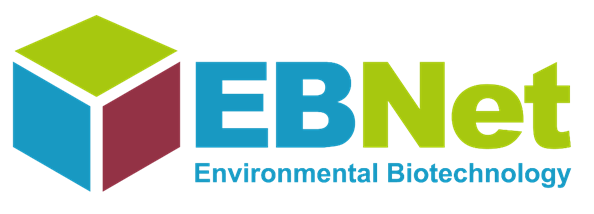Prof Zhugen Yang of Cranfield University, who leads EBNet’s Environmental Sensors and Wastewater Surveillance Working Group (ESWS WG), reports here on a very successful international symposium:
The 2nd International Symposium on Microfluidics for Sensing and Sequencing (ISM2S 2025), held in Oxford from 29–30 July, marked another milestone in advancing interdisciplinary research at the interface of microfluidics, biosensing, public health and environmental protection.
The symposium convened leading scientists from around the globe to explore cutting-edge innovations in biosensing, single-cell analysis, diagnostics, AMR, engineering biology and environmental health.
Esteemed keynote speakers included Prof David A. Weitz (Harvard University), who showcased droplet microfluidics for ultra-high-throughput enzyme screening and multiplex PCR diagnostics, and Dame Prof Molly Stevens (University of Oxford), who presented bioengineered platforms, wearable sensors, and CRISPR-based diagnostics. Prof Xinyu Liu (University of Toronto) demonstrated robotic microfluidic platforms for C. elegans phenotyping, while Prof Tianhong Cui (University of Minnesota) introduced shrink polymer-based nanofabrication for high-throughput cancer sensors. Prof Zhanfeng Cui (University of Oxford) highlighted his OxLAMP and Direct PCR platforms for rapid molecular diagnostics, and Dr Min Yang(Chinese Academy of Sciences) shared recent advances in epicPCR for tracking antibiotic resistance in aquatic environments.
With 6 thematic sessions spanning single-cell analysis, microfluidics solutions, point-of-care diagnostics, antimicrobial resistance (AMR), One Health, and environmental biosensing, ISM2S 2025 provided a high-impact platform for dialogue, collaboration, and innovation. Young researchers also shone in the Early Career Researcher Flash Presentation session, with Dr Chenyu Cui (CityU HK) receiving the Best ECR Presentation Award.
Beyond the academic discourse, social events such as poster sessions and a Gala Dinner fostered interdisciplinary networking, catalysing collaborations across continents and disciplines. The community now looks forward to ISM2S 2026, continuing its mission to harness microfluidics in solving global health and environmental challenges.
We thank our sponsors from BBSRC EBNet, EBIC and the industrial sectors.



